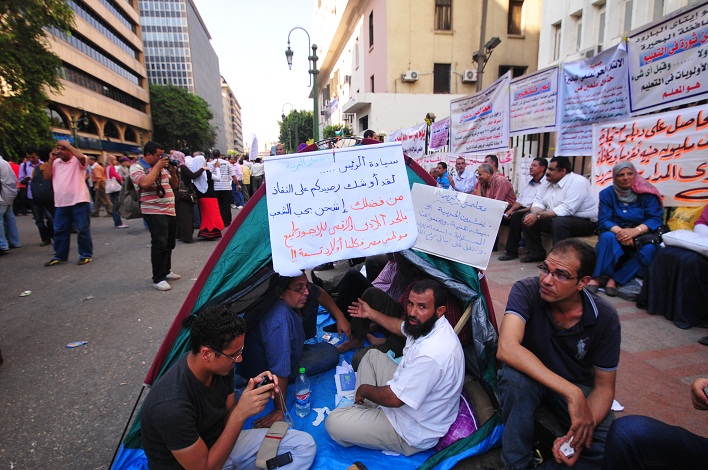Egypt’s Fund for Drug Control and Treatment of Addiction (FDCTA) has reported a significant increase in calls to its addiction treatment hotline, “16023,” during the first seven months of 2024.
According to a report reviewed by Maya Morsy, Minister of Social Solidarity and Chairperson of the FDCTA, the hotline provided services to 92,605 individuals, both new and existing patients, from January to July.
These services included follow-up calls, counselling, treatment, rehabilitation, and social integration, all provided free of charge and in accordance with international standards.
The majority of patients were male, accounting for 96% of those served, while women represented 4%. The 33 treatment centres affiliated with the FDCTA, located in 19 governorates, were frequented by patients seeking these services.
Cairo Governorate received the highest number of calls to the hotline, accounting for 30% of all incoming calls, followed by Giza Governorate at 17%. This is likely attributed to the higher population density in both areas and the presence ofmultiple treatment centres.
The internet proved to be the primary source of awareness about the “16023” hotline, reflecting the fund’s efforts to raise awareness through its Facebook page, which has approximately 2 million subscribers. Television and news websites also played a significant role in disseminating information about the hotline’s services.
Amr Osman, Director of the FDCTA, revealed that an analysis of the data showed hashish, heroin, and synthetic drugs such as ecstasy, voodoo, powder, and Methamphetamine (known as Chapo) were the most prevalent substances, with polydrug use also present.
Patients themselves were the most common source of referrals (29%), followed by siblings (28%) and mothers (13%), indicating increasing trust in the hotline’s services among patients and their families.
Osman explained that the hotline data indicated “curiosity” (53%) as the main driving factor for drug use, followed by “bad company” (33%). The most common reasons for seeking treatment were “lack of financial ability” (35%), followed by “physical and psychological health problems” (25%), and “work problems, fear of dismissal, and law enforcement” (8%).




